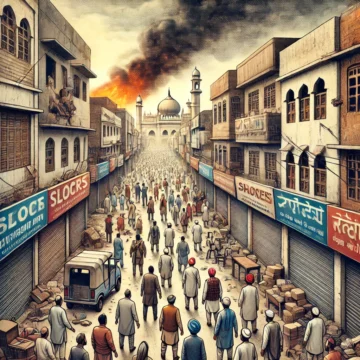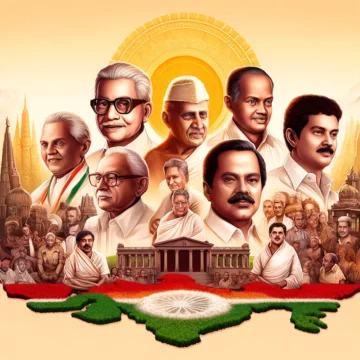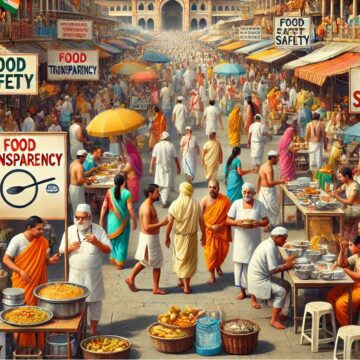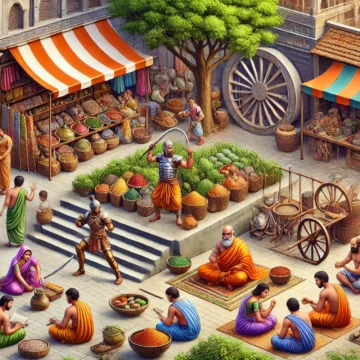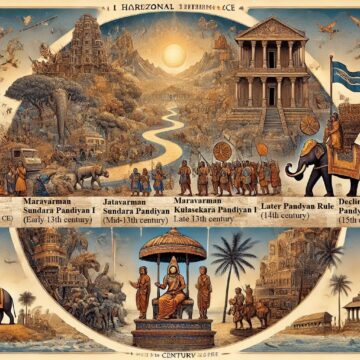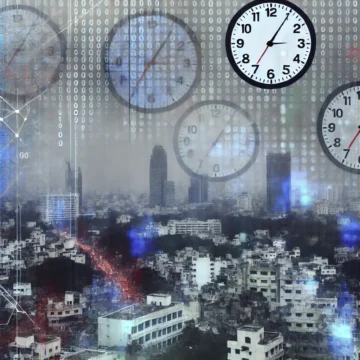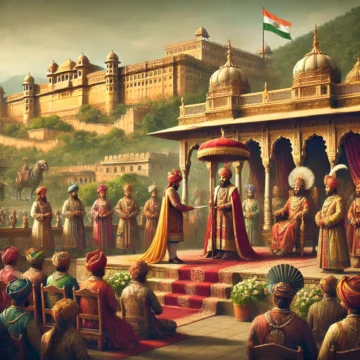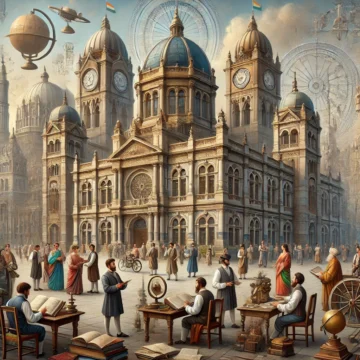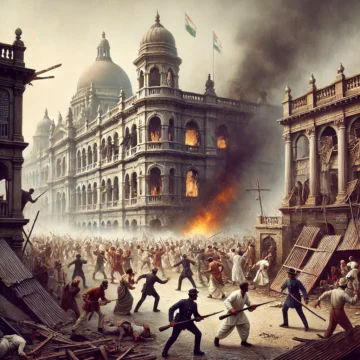On July 31, 2023, Haryana became the epicenter of intense communal tensions, erupting into violent riots. This blog delves deep into the ethical quandaries and the role of dharma in navigating these societal conflicts, exploring the roots and repercussions of the unrest that shook the very fabric of local communities.
Casteism and Dravidian Politics
This blog explores how Dravidian parties like DMK and AIADMK have utilized caste dynamics for political gains in Tamil Nadu. We delve into the historical roots, policy impacts, and the dual role of empowering and dividing communities through caste-based strategies, examining both the positive outcomes and the deep-seated challenges that persist.
Hygiene at Kanwar Yatra Route and Related Controversies
Explore the challenges and initiatives for enhancing hygiene along the Kanwar Yatra route. This blog discusses the impact of displaying eatery owners' names, the influence of Islamic teachings on food safety, and strategies for improving transparency and community trust through culturally informed practices, amidst the backdrop of a revered Hindu pilgrimage.
Caste Systems and Definition of Brahmin Analyzed
To understand the evolution of Brahmin identity within Hindu Caste Systems, we explore key scriptures and historical shifts. Initially, the caste system emphasized qualities and professions over hereditary status. However, British colonial rule introduced rigid caste classifications, transforming fluid social categories into fixed ones. This blog examines the lasting impact of these changes and the contemporary relevance of Brahmin qualities.
Dharma and Ethics During Pandyan Dynasty
Explore the essence of Dharma and its impact through the ages, particularly within the illustrious Pandyan Empire. This blog delves into Dharma's role in shaping ethics, governance, and culture, providing a philosophical guide to modern dilemmas and showcasing how ancient wisdom continues to offer profound insights into personal and societal harmony.
Terrorism in India: Bangalore Serial Blasts 2008
Explore the chilling narrative of the 2008 Bangalore serial blasts—a grim reminder of terrorism's shadow over bustling cityscapes. From the meticulous orchestration of the attacks, through the swift response of emergency services, to the ongoing battles in courts and the scars left on society, this blog delves deep into the heart of urban resilience.
Jaipur: Power Transition in 1537
In the rich tapestry of Jaipur's history, the peaceful transition of power from Maharaja Bhim Singh to Ratan Singh in 1537 stands as a testament to the Kachwaha dynasty's strategic foresight. This significant event not only marked the end of Bhim Singh's reign but also heralded a new era under Ratan Singh's leadership, characterized by continuity in governance and cultural patronage. The detailed accounts of their reigns and the ceremonial traditions followed during the transfer offer a glimpse into the political and cultural dynamics of early 16th century Jaipur.
Indian Education System Analyzed on Day of Establishment of Universities
This blog marks the 166th anniversary of India’s first universities—Mumbai, Madras, and Calcutta—exploring their roles in shaping modern Indian education. We critically examine the colonial impact and its dual legacy, revealing how British policies not only advanced but also eroded India's rich educational traditions, deeply influencing the cultural and societal fabric.
Riots in India Analyzed through Calcutta riots 1926
The Calcutta Riots of 1926 stand as a grim testament to the severe communal discord during the British Raj. Sparked on 15th July, these riots resulted in over a hundred deaths and countless injuries, deeply scarring the socio-political fabric of Calcutta. This blog delves into the historical context, key events, and long-lasting impacts of this dark chapter in India's history.
Emergency in India: Press Censorship Imposed
Reflecting on the 1975 Emergency in India, this blog explores severe press censorship, the expulsion of reporters, and the political and social turmoil of the era. Declared by Prime Minister Indira Gandhi, the Emergency led to widespread human rights violations and is now remembered as Samvidhan Murder Day, highlighting the ongoing need to protect democratic values.


